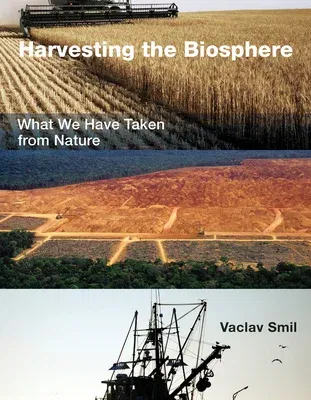Vaclav Smil
(Author)Harvesting the Biosphere: What We Have Taken from NaturePaperback, 21 August 2015

Qty
1
Turbo
Ships in 2 - 3 days
Only 3 left
Free Delivery
Cash on Delivery
15 Days
Free Returns
Secure Checkout

Reading Age
Ages: 18
Grade Levels
13
Print Length
320 pages
Language
English
Publisher
MIT Press
Date Published
21 Aug 2015
ISBN-10
0262528274
ISBN-13
9780262528276
Description
Product Details
Audience:
Ages: 18
Author:
Book Format:
Paperback
Country of Origin:
US
Date Published:
21 August 2015
Dimensions:
21.84 x
16.76 x
1.78 cm
Educational Level:
Grade Levels: 13
Genre:
Science/Technology Aspects
ISBN-10:
0262528274
ISBN-13:
9780262528276
Language:
English
Location:
Cambridge
Pages:
320
Publisher:
Weight:
476.27 gm